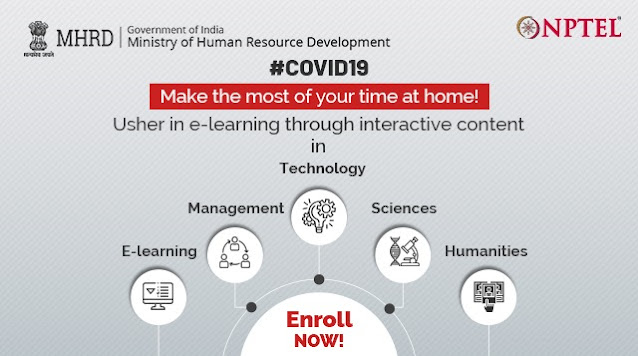Introduction 1.1
The Government of India is extremely concerned about the old age income security of the working poor and is focused on encouraging and enabling them to join the National Pension System (NPS). To address the longevity risks among the workers in unorganised sector and to encourage the workers in unorganised sector to voluntarily save for their retirement, who constitute 88% of the total labour force of 47.29 crore as per the 66th Round of NSSO Survey of 2011-12, but do not have any formal pension provision, the Government had started the Swavalamban Scheme in 2010-11. However, coverage under Swavalamban Scheme is inadequate mainly due to lack of guaranteed pension benefits at the age of 60
Benfits
Fixed pension for the subscribers ranging between Rs. 1000 to Rs. 5000, if he joins and contributes between the age of 18 years and 40 years. The contribution levels would vary and would be low if subscriber joins early and increase if he joins late.
Eligibility for APY 3.1
Atal Pension Yojana (APY) is open to all bank account holders. The Central Government would also co-contribute 50% of the total contribution or Rs. 1000 per annum, whichever is lower, to each eligible subscriber account, for a period of 5 years, i.e., from Financial Year 2015-16 to 2019-20, who join the NPS between the period 1st June, 2015 and 31st December, 2015 and who are not members of any statutory social security scheme and who are not income tax payers. However the scheme will continue after this date but Government Co-contribution will not be available. 3.2 The Government co-contribution is payable to eligible PRANs by PFRDA after receiving the confirmation from Central Record Keeping Agency at such periodicity as may be decided by PFRDA.
Age of joining and contribution period 4.1
The minimum age of joining APY is 18 years and maximum age is 40 years. The age of exit and start of pension would be 60 years. Therefore, minimum period of contribution by the subscriber under APY would be 20 years or more.
THE SCHEME DETAILS WERE PROVIDED UNDER
https://npscra.nsdl.co.in/nsdl/scheme-details/APY_Scheme_Details.pdf
https://npscra.nsdl.co.in/nsdl/scheme-details/APY_Brochure.pdf
TO APPLY FOR THIS SCHEME CLICK THE LINK BELOW
https://www.npscra.nsdl.co.in/scheme-details.php
Toll Free Number -1800-110-069 of Atal Pension Yojana







